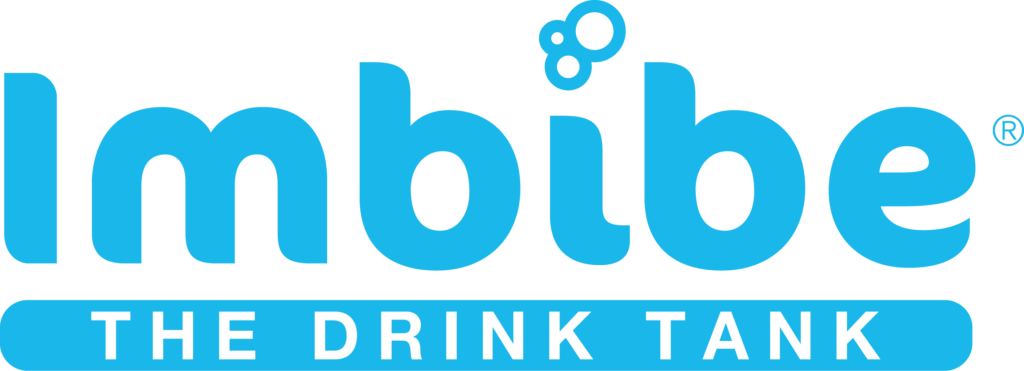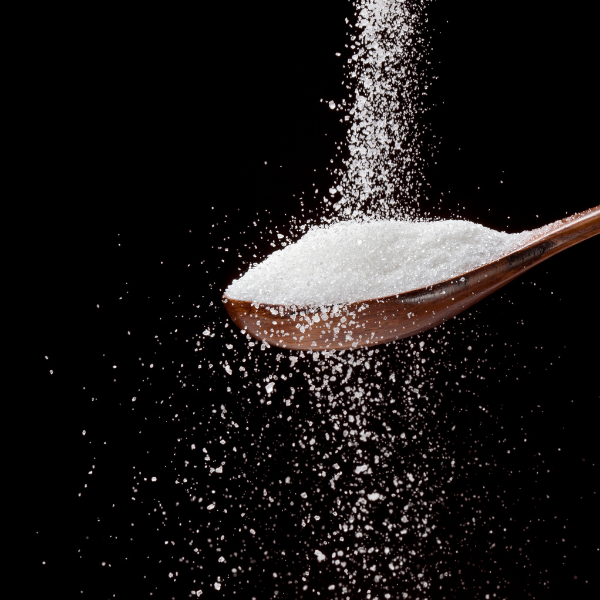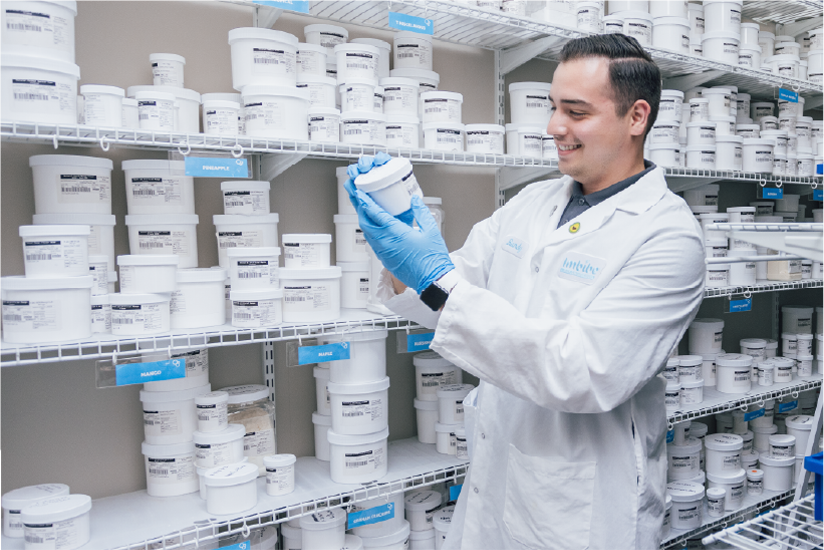Your source for the most up-to-date information on emerging beverage trends.
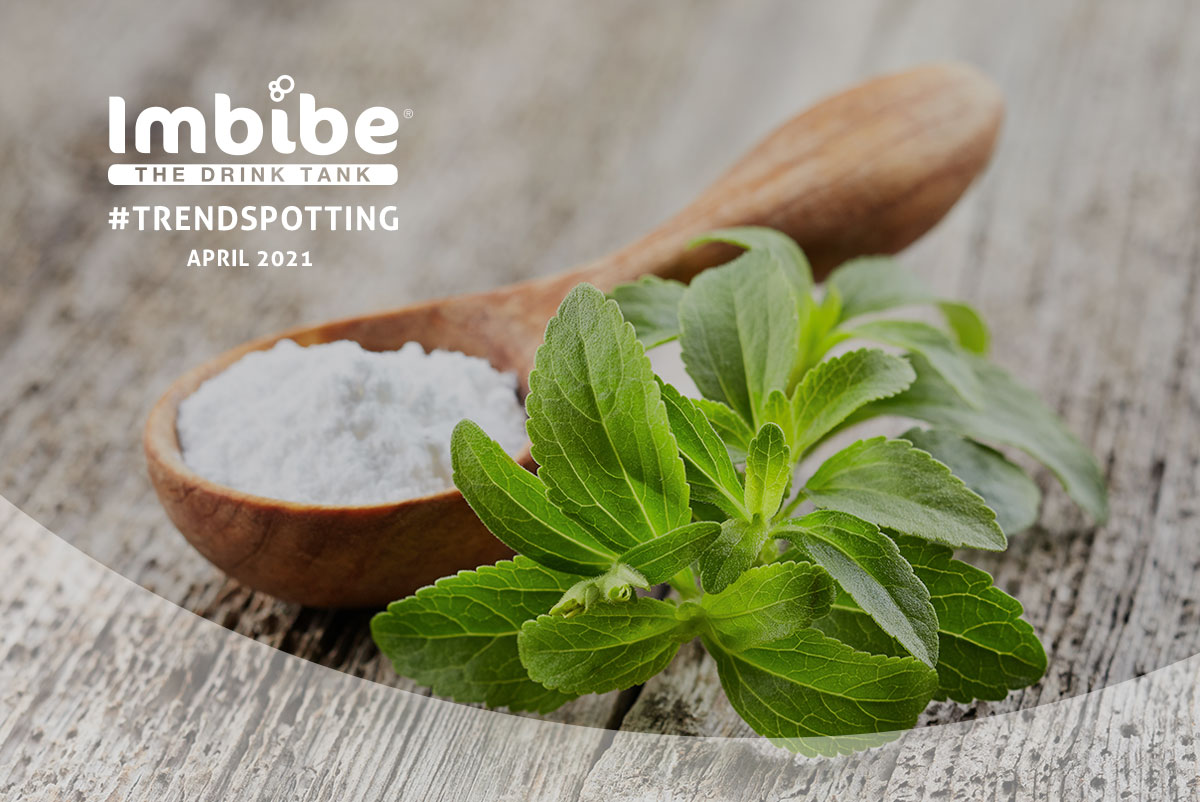
#Trendspotting: Sweet Options
Finding the sweet spot for taste, texture and nutritional profile is a challenge for beverage brands because consumer sentiments about desired product attributes are changing faster than ever. Brands have to make quick decisions about what types of products to develop and what tactics they want to use to maintain the sweetness levels that consumers expect. There are many ways brands can achieve sweetness and market their approach to consumers. Here are some of the ways brands are adding sweetness.
Sugar by a Different Name
Taste is king when it comes to consumer product preferences and they are accustomed to the sweetness profile of sugar. According to Innova Market Insights, many consumers are okay with a little sugar in their products if it improves palatability, even if they are trying to reduce their sugar intake overall. Some brands overcome the stigma of using added sugars by calling out the source of the sugar for transparency and clean label purposes.
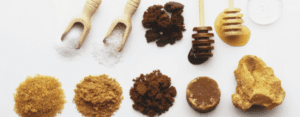
Nestea’s latest launch is a flash brewed iced tea that calls out beet sugar in the ingredient statement. Beets are one of the sources of refined sugar, but calling out the source adds a layer of transparency and may make the product appear healthier to consumers who aren’t aware of how table sugar is sourced.
Honey is appealing to brand owners because it’s a sweet, natural substance with a lower glycemic index than sugar. Brands like Honey drop, Enerbee, and Wild Tonic Jun Kombuca make using honey in their products part of the brand story.

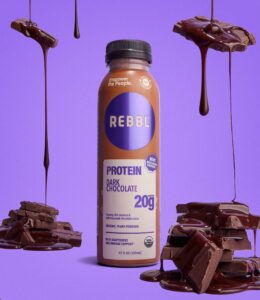
Coconut sugar is a clean label option made from coconut palm sap. It’s more expensive than other sweetener options so it isn’t as common as other sugars. Products that incorporate coconut sugar include Aloha RTD protein shakes, Rebbl Gold Label Elixir and Go Macro protein bars.
Sweetener Systems
The answer to creating a great-tasting low or no sugar product might not be a single sweetener, but rather a combination of sweeteners. Since many consumers are looking at product labels and making purchase decisions based on total sugar content, added sugars, and types of sweeteners used, many brands choose to combine sugar with other sweeteners or not use it at all.
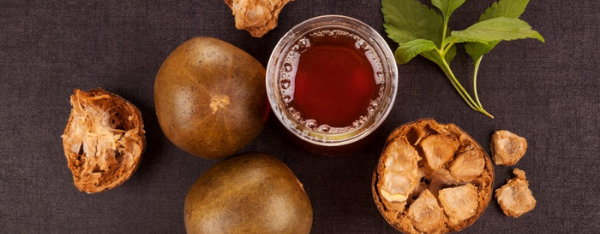
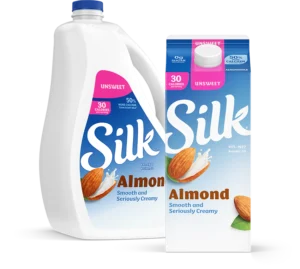
Using stevia or monk fruit in combination with sugar is a great way to reduce total sugar content and calories. Benefits of integrating sugar in the sweetener system include improved mouthfeel and masking off-notes from natural, non-nutritive sweeteners. Products that include this type of combination include Slate flavored milks, OWYN protein shakes, and Silk’s Almond & Oat Latte.
Erythritol is a sugar alcohol that imparts sweetness and can improve mouthfeel. For zero sugar products, it is often combined with high-intensity sweeteners like stevia and/or monk fruit. Products like Odwalla Zero Sugar, Virgils Zero Sugar Soda, and Blue Sky Zero Sugar incorporate these ingredients in the sweetener system to achieve the desired sweetness profile.
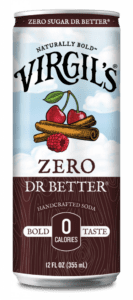

Some brands with zero sugar products don’t use sugar alcohols because they are sometimes associated with digestive issues and have a chemical-sounding name. Stevia and monkfruit are the most popular natural, non-nutritive sweeteners available and combinations of the two can be found in products like Fairlife Smart Snacks, Guru Low-Cal Energy, and FitAid Zero.
Allulose Ascending
Allulose is a sweetener option that isn’t on too many product labels yet, but it is expected to gain traction over the next few years because the FDA determined it does not need to be listed as added sugar on the nutrition facts panel. It is a monosaccharide sugar that is about 70% as sweet as sucrose and has 10% of the calories, though it has similar solubility and texture attributes. Small quantities of allulose are found in ingredients like wheat, maple, dates.

Quest nutrition was one of the first brands to use allulose and even launched a marketing campaign promoting the low-calorie ingredient. You won’t find allulose listed on the ingredient statement of all Quest products, but it is the main source of sweetness in Quest Hero Protein Bars.
Revelé uses allulose in the brand’s new line of plant-based frozen desserts. The manufacturer of the product claimed that allulose acts so similarly to sugar that it doesn’t require manipulation of other ingredients in the formula to achieve the flavor, texture and sweetness you would expect from traditional ice cream treats.

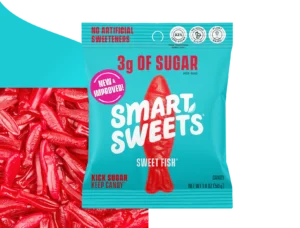
Smart Sweets tagline is, “kick sugar keep candy” and the brand does so with a combination of allulose and stevia. In addition to touting low sugar content on packages, the brand aims to generate awareness about allulose by providing a brief description of the ingredient underneath the nutrition facts panel.
Product Claims
There are many ways that brands communicate sugar content in beverages through product claims. Some of the most common are regulated claims like “no added sugars,” “percent less sugar than leading brand,” and “reduced sugar.” Other brands have gotten more creative in their language, though some low-sugar advocates are requesting the FDA to take a stricter stance on undefined sugar claims.
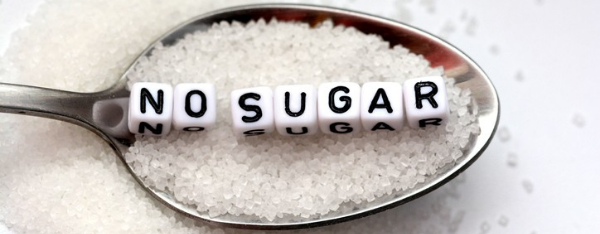
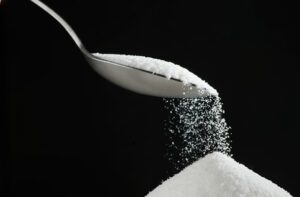
Since product labels will now highlight added sugars, brands are striving to significantly reduce or remove them from products. According to Innova Market Insights, “no added sugar,” accounted for 42% of all sugar related claims in 2018.
“Zero sugar” is another popular claim on sparkling waters and products that use natural non-nutritive and artificial sweeteners. This claim is expected to grow in conjunction with use of alternative sweeteners.

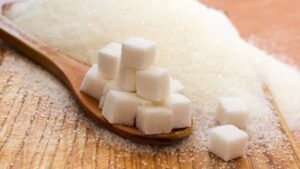
“Low sugar” is an increasingly popular claim, though what that means is not currently defined by the FDA. Innova Market Insights reported that “low sugar,” was on 27% of new products launched in 2018 and NPD group claims the term had a CAGR of 17% from 2014-2018.
Other ways brands are communicating sugar content include claims like, “lightly sweetened,” “a little sweet,” and “a tad sweet.” These claims can help the consumer understand what to expect in terms of sweetness, though some argue that brands are being misleading by communicating lower sugar content when that might not be the case.

Check out more on #TRENDSPOTTING. Visit our blog here.
